Renovating Your Investment Property: Do’s And Don’ts You Absolutely Must Know
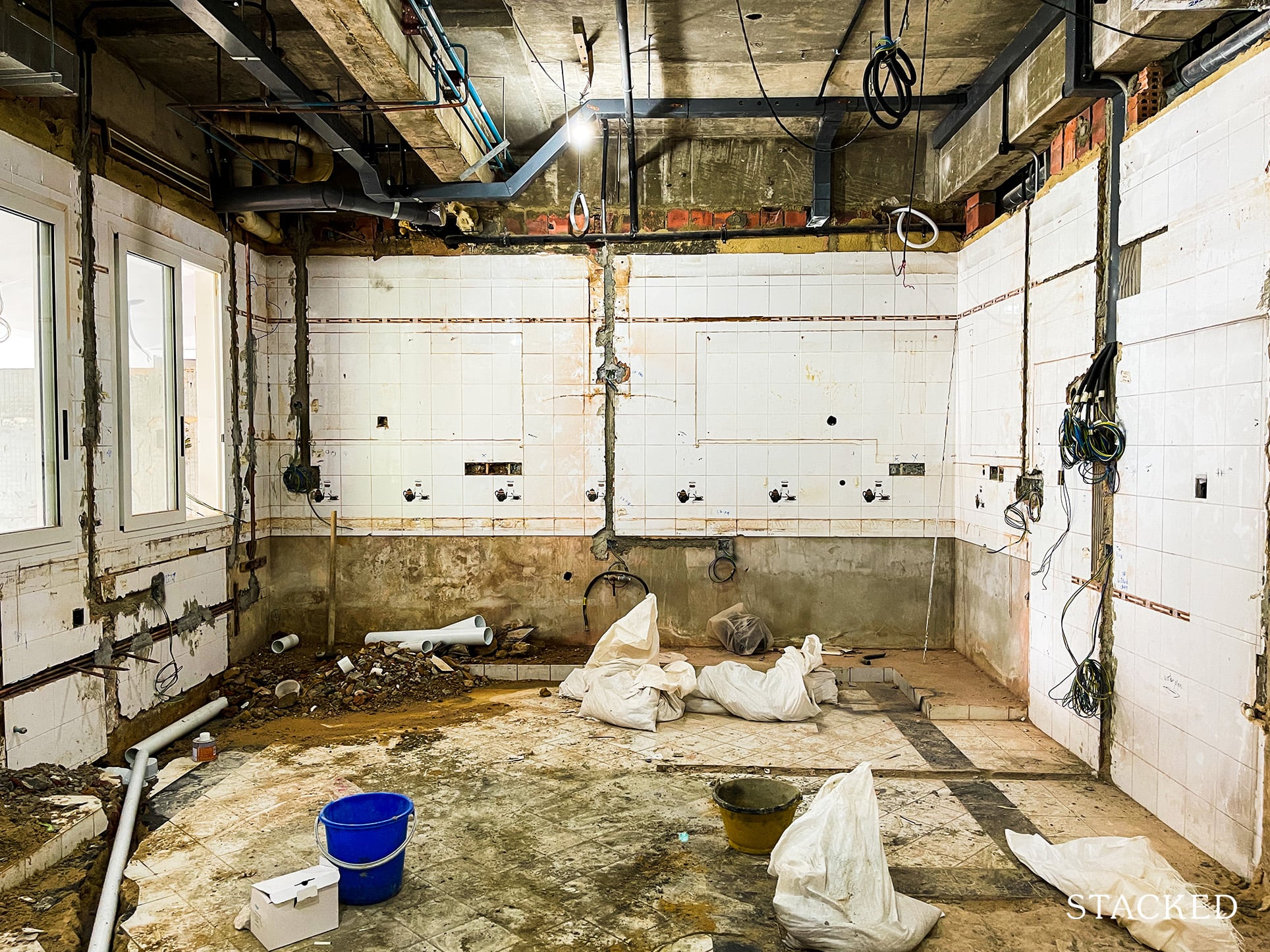
Get The Property Insights Serious Buyers Read First: Join 50,000+ readers who rely on our weekly breakdowns of Singapore’s property market.
A seasoned content strategist with over 17 years in the real estate and financial journalism sectors, Ryan has built a reputation for transforming complex industry jargon into accessible knowledge. With a track record of writing and editing for leading financial platforms and publications, Ryan's expertise has been recognised across various media outlets. His role as a former content editor for 99.co and a co-host for CNA 938's Open House programme underscores his commitment to providing valuable insights into the property market.
For homeowners, renovation is straightforward – do what you like, as long as it’s within budget. Investors, however, need to balance between the bottom line and a unit that’s pleasing to tenants (if they’re landlords). As such, one of the most common trip-ups comes from renovation: too much or too little, and an otherwise sound investment might go wrong. Here are the key considerations, when speaking to your contractor:
Things to do:
- Use the right loan type, if it’s necessary
- Source for fixtures outside of Singapore
- Base your renovations on the intended tenants
- Weigh your renovation decisions against the security deposit
- Renovations that are done for maintenance may be tax-deductible
- Keep your renovations and theme generic
1. Use the right loan type, if it’s necessary
If you can, we advise you to save up, and not use loans for renovations. The interest will eat into your overall yield and returns.
If you have no choice though, make sure you use the correct loan type.

A renovation loan (reno loan) from banks is usually capped at $30,000 or six months of your income, whichever is higher. These loans often have interest rates of around 3.88 to five per cent per annum; much lower than the six to nine per cent average on personal loans.
As such, you should always use the reno loan first. If this proves insufficient, you can consider using the more expensive personal loan to cover the rest.
If you use “in-house” financing from a contractor or interior designer, make sure you understand how the interest is calculated.
Some of these in-house loans use flat rates; that means the interest each month is based on the entire loan quantum. This is more expensive than rest rates, where the monthly interest is based only on the outstanding loan amount. Banks are required to give you the “real” interest rate in the form of the Effective Interest Rate (EIR), but in-house financing may not be nice enough to disclose this.
You can also ask your mortgage broker or mortgage banker for help. Sometimes, if you take a reno loan from the same bank as your mortgage, you may get a bonus (e.g., six months interest free period).
A related note on furnishings:
Reno loans do not usually cover furnishings; these are considered a separate type of expense. However, some banks may include an option for a furnishing loan; often an added $10,000 on top of the reno loan. Remember to check if the interest rate applied is still the same, even if the two loans appear to be part of the same package.
Many interior designers and contractors have their own workshops in Singapore. If you see furniture you like in the shops, they may be able to recreate these at a lower price. There’s no harm in asking (but make sure you’re paying significantly less, otherwise you’re probably better off getting the real deal).
Landlords catering to short-term tenants should aim to provide fully-furnished units. If you expect to have long-term tenants (e.g., two years or more), it’s usually better to leave the unit semi-furnished (only tables, chairs, and beds), or unfurnished. This is because long-term tenants often prefer to customise the space to their own needs.
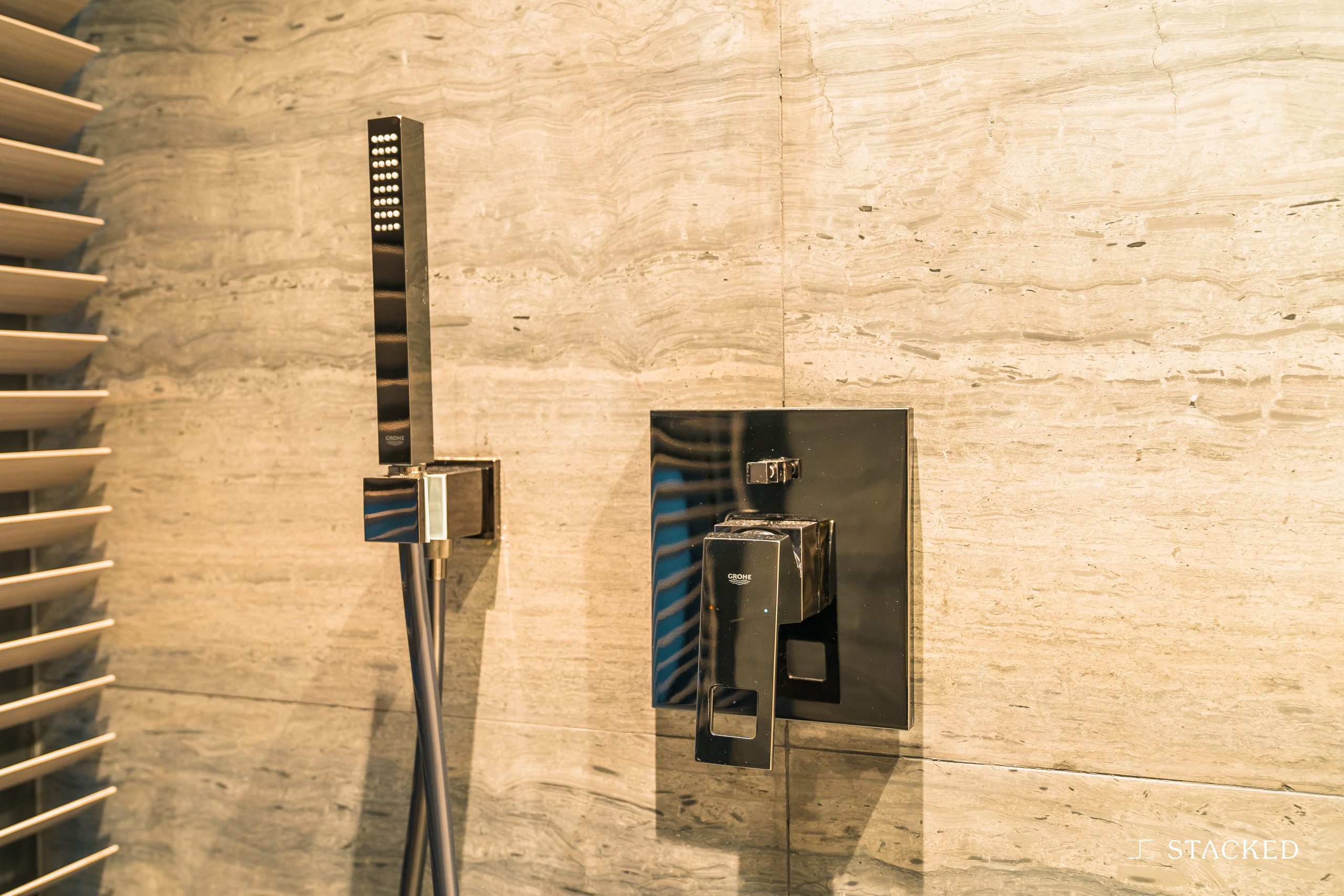
2. Source for fixtures outside of Singapore
For lighting fixtures, faucets, and other such items, do check out the costs in Malaysia. It’s an open secret that most of these come from across the causeway anyway, so you may as well buy them where they’re cheaper.
Thailand, Vietnam, Indonesia, etc. can also be cheaper sources; and thanks to the internet, it’s quite easy to compare prices online these days.
3. Base your renovations on the intended tenants
Most student tenants are not interested in walk-in wardrobes, but they may like a sound-proof study room. Single executives, who eat out most of the time, probably don’t need an extensively renovated kitchen; but they may appreciate a kitchen island that can function as a bar/dining area, to host multiple guests.
As an investor, renovate with the intended tenants or prospective buyers in mind. This may sometimes run contrary to your own tastes and preferences, so it helps to have a second set of eyes. A good realtor, who understands the tenant demographic, is the best guide; but some contractors/interior designers may also have a good handle on this.

Rental MarketRenting Out Private Property In Singapore: 10 Tips For A First-time Landlord
by Reuben Dhanaraj4. Weigh your renovation decisions against the security deposit
The security deposit is usually one month’s rent for one year’s lease (or two months’ rent for two years’ lease). This deposit is supposed to cover any damages that the tenant might inflict.
Before you settle on any expensive renovation options, weigh up the costs against the likely security deposit. One month’s rent is unlikely to cover the damage to, say, 100 sq. ft. of expensive marble tiling, or a $10,000 feature wall.
Limit the damage that can be done.
(While you should have home content insurance for further coverage, it’s best not to presume your pay-outs will happen or will be sufficient. Always prepare for the worst).
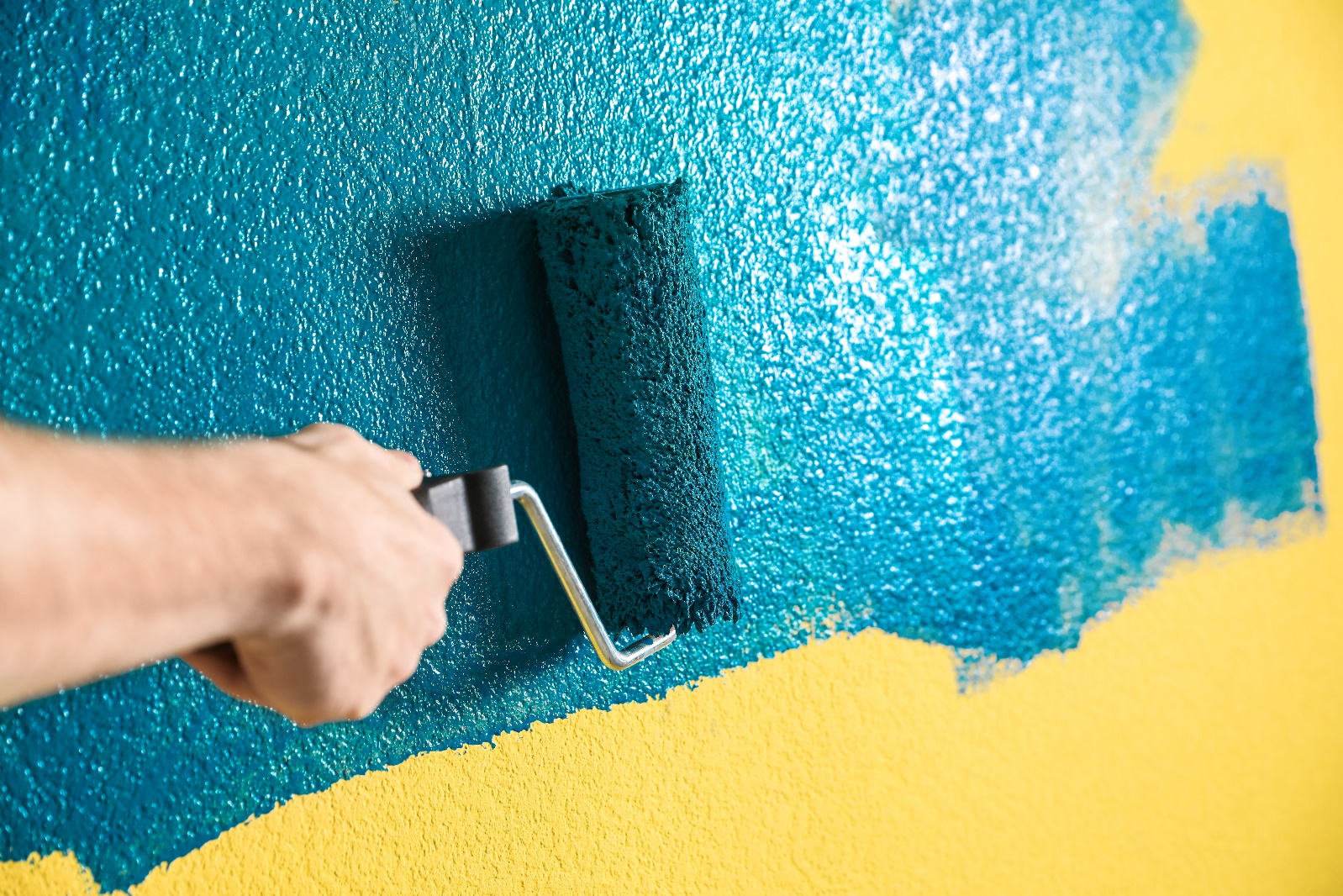
5. Renovations that are done for maintenance may be tax-deductible
If your property is tenanted, IRAS does allow tax deductions for maintenance; but not for renovations that are improvements/modifications to the existing property. This can result in some grey areas – for example, if your renovation is to restore a damaged partition wall, this could count as pure maintenance.
These claims will succeed or fail on a case-by-case basis; but you can try to claim deductions (or contact IRAS and ask / appeal).
For more details on this, see our guide on property tax and stamp duties.
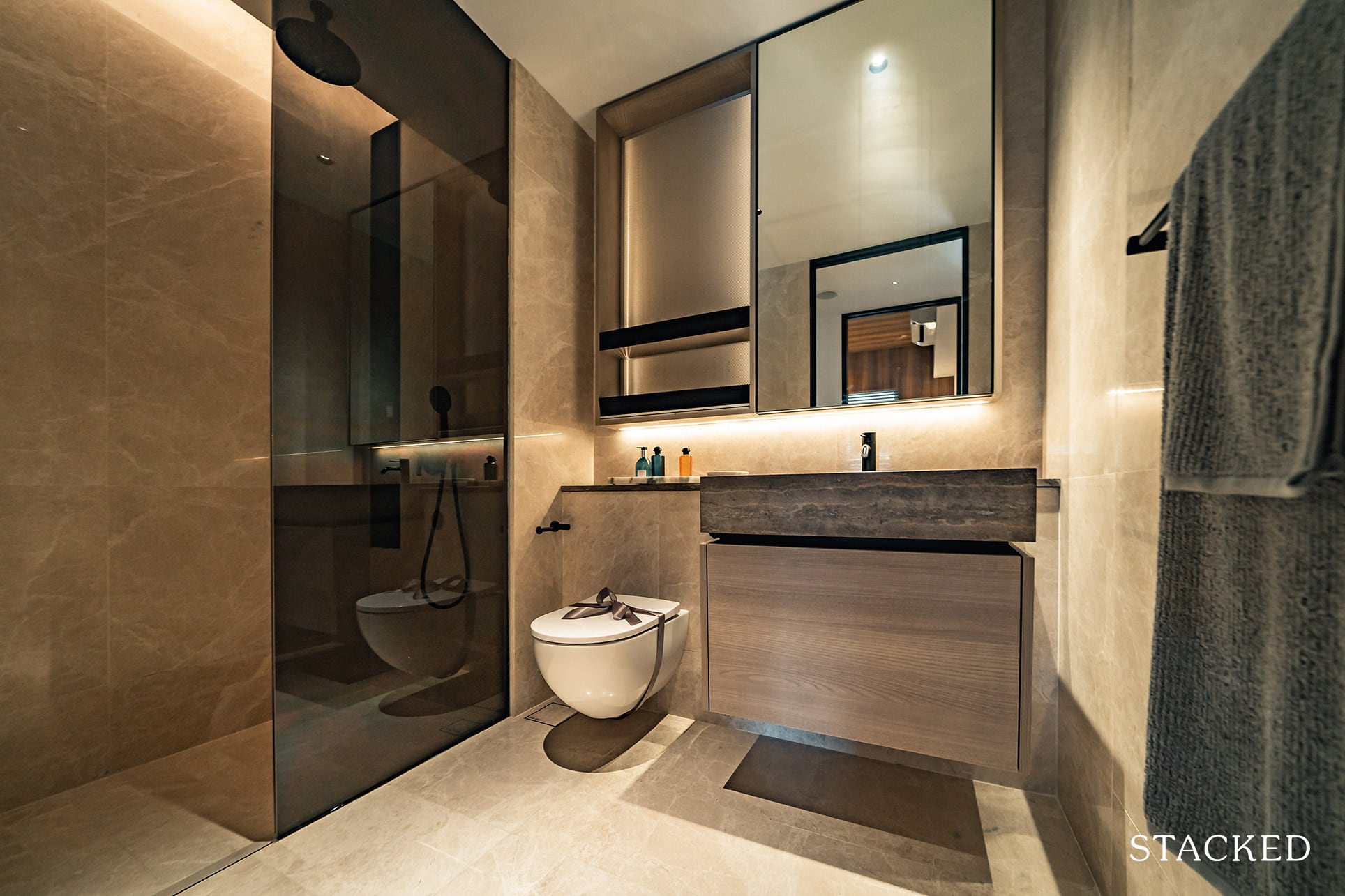
6. Keep your renovations and theme generic
Certain renovations appeal only to specific buyers or tenants. For example, renovating a room to become a nursery probably isn’t the best idea; tenants or future buyers without children have no use for it.
Likewise, certain “cool” ideas, such as converting the dining room to include a bar and beer tap, are best left to pure homeowners. There’s only a very slight chance that any of this will add to your property value, or rental income.
Instead, try to keep your renovations to generic features, which most people will use. This means ideas like extra study rooms, purely functional kitchen islands (an extra sink), or ways to convert the Household Shelter into more efficient storage. We know this is a bit boring, but investors need a more pragmatic bent.
Specialised interior design themes are also hard to justify from an investment angle. Themes like French Cottage, Art Deco, and Victorian have a tendency to bust the budget, and maintenance is difficult (see below).
Things not to do:
- Pay everything at once
- Knock down all the walls to “open up” the unit
- Extensive renovations just before selling
- Accept valuations / try to sell in the middle of renovations
- Ignore long term maintenance issues
1. Pay everything at once
Try to negotiate around paying the full amount, all in one go. Push for a schedule of works with your contractor / interior designer, where you can pay at different stages of completion.
While you might get a discount for paying all at once, it still presents a higher risk. – If (touch wood) your interior designer or contractor closes down or disappears in the middle of the process, you will end up with half-completed renovations that you already paid for.
Besides, payment in stages incentivizes on-time delivery.
2. Knockdown all the walls to “open up” the unit
If you knock down partition walls to turn three bedrooms into two, you have one less room to rent out. Landlords should factor in the potential loss of tenants, even if it makes the unit more spacious.
As for owner-investors, do consider that future buyers may not like open concepts. Some traditionalists still prefer an enclosed kitchen, for example; and your future buyer may be a landlord, who wants that added room.
Talk it over with your realtor, and consider your tenant demographic (or likely future buyers) before the hacking starts.
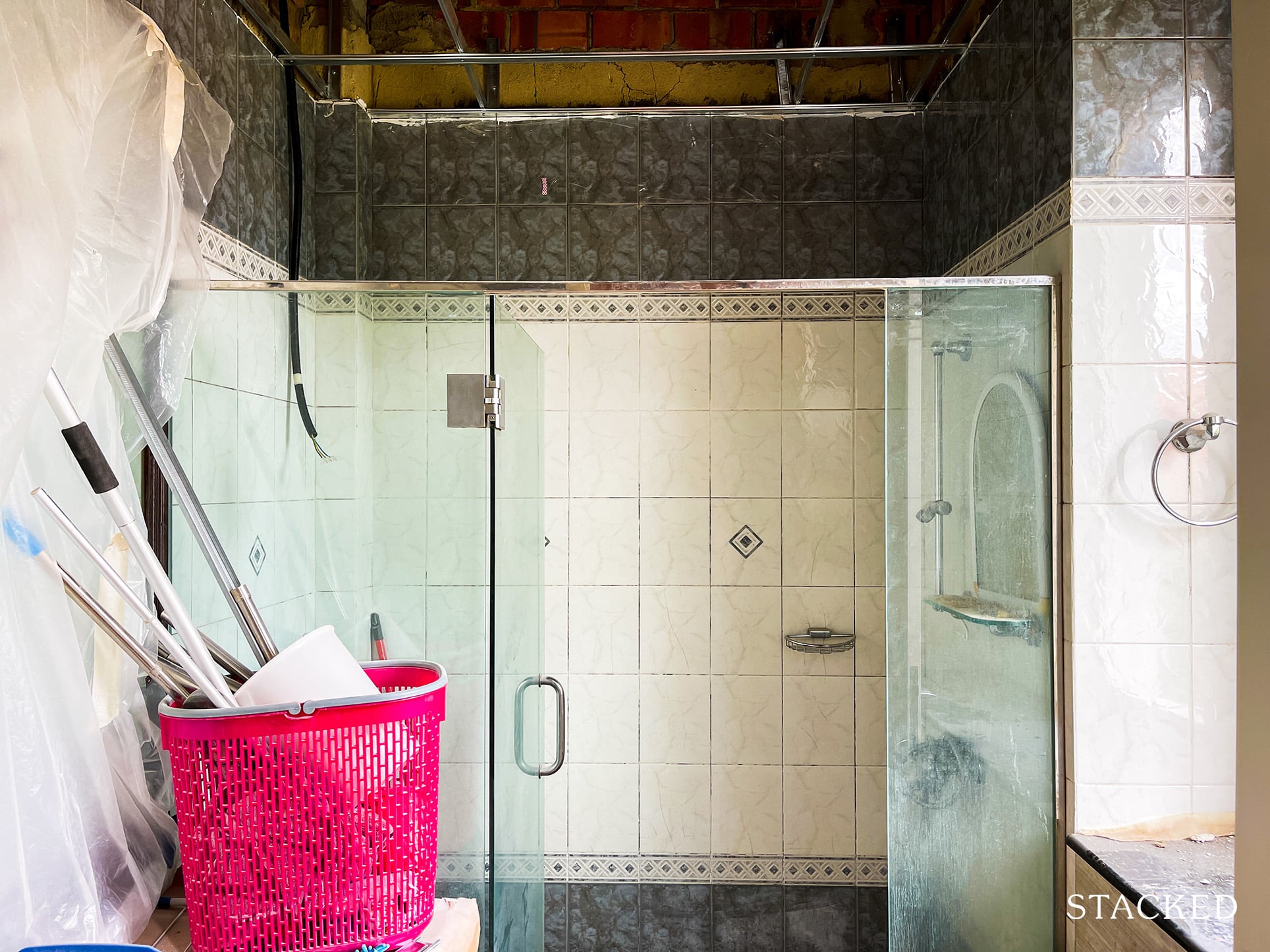
3. Extensive renovations just before selling
Stick to maintenance works, and a fresh coat of paint. Do not do more extensive work, like installing false ceilings or new flooring, in an attempt to raise your property value before selling.
There is no way to quantify whether a renovation will raise your property value, or by what amount. You could end up paying $30,000 for renovations, which add $10,000 to the final valuation.
Keep in mind that buyers often want to customise the home to their tastes; we have seen even one-year old renovations get torn apart, the moment new homeowners move in. As you can guess, these buyers won’t be interested in paying a lot for your upgrades.
Renovation delays can also affect viewings, and mess up your transaction timeline.
4. Accept valuations / try to sell in the middle of renovations
It is hard to value a property that’s in the middle of renovations, as the valuer has no idea what the final results will be. Buyers and tenants also don’t like half-done up properties, for the same reason.
As such, landlords or sellers should avoid anything more extensive than repainting during these times.
Note that certain processes, such as refinancing, may require a valuation of the property.
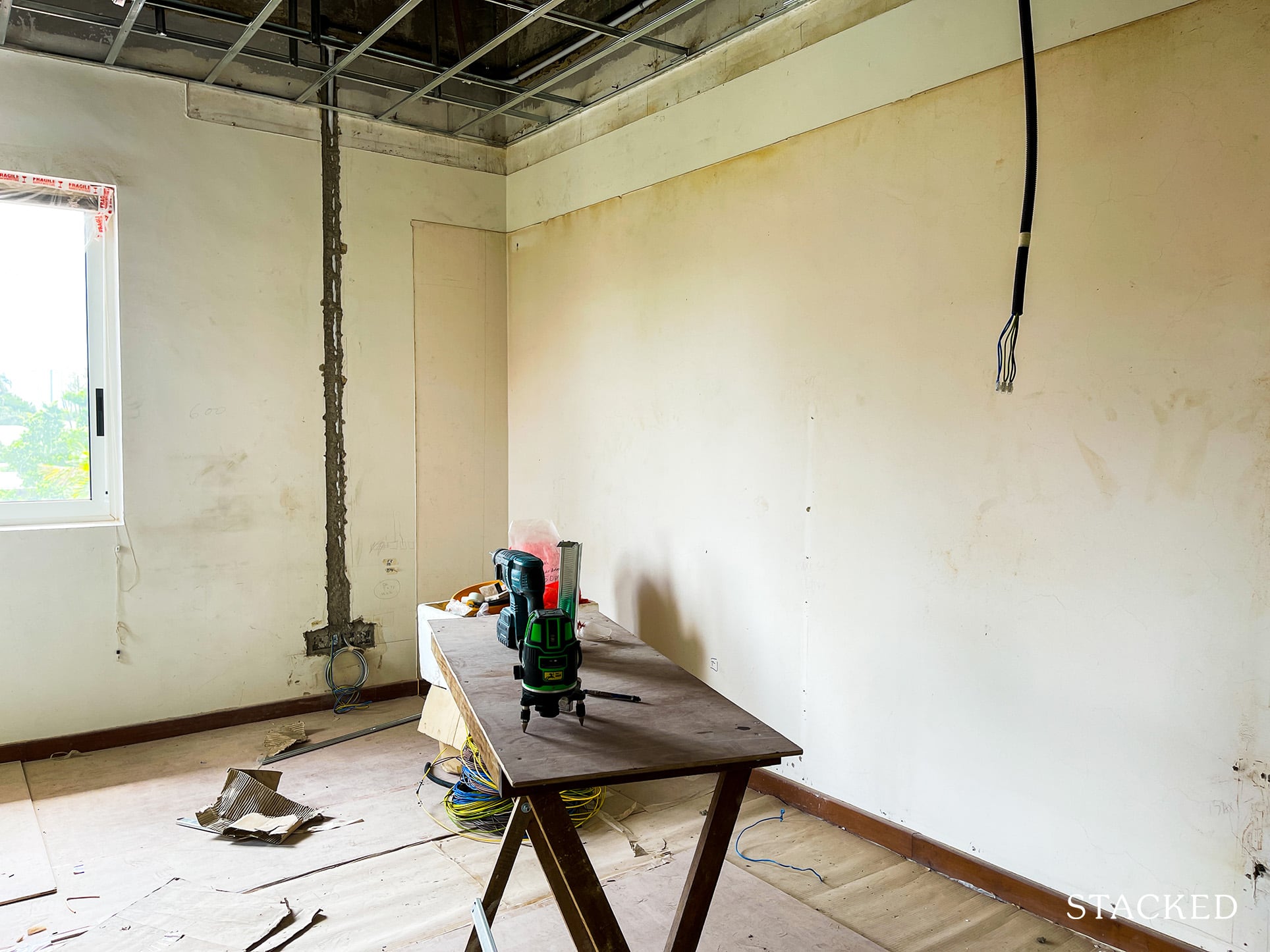
5. Ignore long-term maintenance issues
French Cottage, Art Deco, Victorian, and similarly complex styles are harder to maintain. They may involve features like exposed wooden beams, faux brick, window arches, etc., all of which involve a level of dusting and cleaning that most tenants wouldn’t consider.
Likewise, certain types of material – such as soft bamboo flooring, or expensive wallpaper – are more prone to damage. Also note that, for tiles and wallpaper, the specific design may no longer be in production when you need to replace them. You’ll have to replace the entire section with something new, or end up with odd patchwork repairs.
As such, investors should talk to the interior designer/contractor about long-term maintenance, and not just the initial renovation costs.
Note that this isn’t to say complex or high-end themes are bad; these may even be a given for luxury properties. But you do need to factor in the recurring costs. For more on property investment, and a detailed look at new and resale properties alike, follow us on Stacked.
If you’d like to get in touch for a more in-depth consultation, you can do so here.
Have a real estate question, or not sure what your options are? Email us at stories@stackedhomes.com.
Ryan J. Ong
A seasoned content strategist with over 17 years in the real estate and financial journalism sectors, Ryan has built a reputation for transforming complex industry jargon into accessible knowledge. With a track record of writing and editing for leading financial platforms and publications, Ryan's expertise has been recognised across various media outlets. His role as a former content editor for 99.co and a co-host for CNA 938's Open House programme underscores his commitment to providing valuable insights into the property market.Read next from Property Advice

Property Advice Should We Buy An Old 99-Year Leasehold Condo To Live In: Will It’s Value Fall When The Lease Runs Out?

Property Advice We Own A $800K 1-Bedder And A $1.1M 3-Bedder: Is It Possible To Upgrade To A 4-Bedder Condo?

Property Advice I Own A 55-Year-Old HDB Flat, But May Have To Sell — Can I Realistically Buy A Freehold Condo With $700K?

Property Advice We Own A 2-Bedder Condo In Clementi: Should We Decouple To Buy A Resale 3 Bedder Or Sell?
Latest Posts

Editor's Pick 2025 Year-End Review Of The Singapore Property Market: What The Numbers Reveal

Pro This 21-Year-Old Condo Didn’t Sell Out Initially, Yet Became A Top Performer

Editor's Pick How The HDB Resale Market Performed In 2025, And What It Means For 2026 Prices

Editor's Pick 4 Key Trends Reshaping Singapore’s New Launch Condo Market In 2026

Editor's Pick What I Only Learned After My First Year Of Homeownership In Singapore

Singapore Property News Why More Land Doesn’t Automatically Fix Housing In Singapore

On The Market Here Are The Cheapest 4-Room HDB Flats in Central Singapore You Can Still Buy From $490K

Pro How A Once “Ulu” Condo Launched In 1997 Became A Top Performer

Editor's Pick I Reviewed A New Launch 4-Bedroom Penthouse At Beauty World

Property Market Commentary When Renting In Singapore Is The Smarter Move — And Buying Can Wait

Editor's Pick Why Singaporean Families Are Looking At This Landed Enclave From Around $4M

Singapore Property News Lentor’s First Condo Is Complete — The Early Profits May Surprise You

Editor's Pick A Wave Of New HDB Resale Supply Is Coming In 2026: Here’s Where To Find Them

On The Market These Are Some Of The Cheapest 5-Room HDB Flats Left In Central Singapore

Pro This 698-Unit Ang Mo Kio Condo Launched At The Wrong Time — And Still Outperformed Peers


